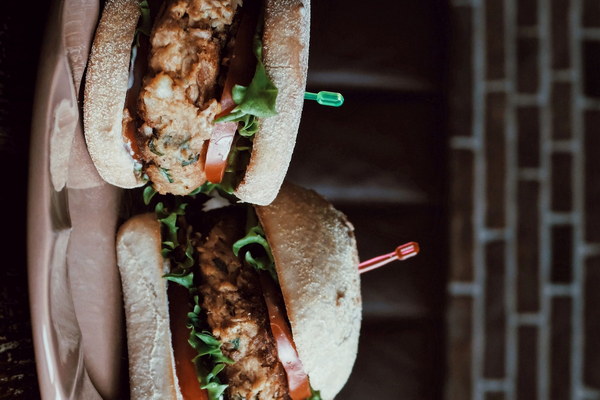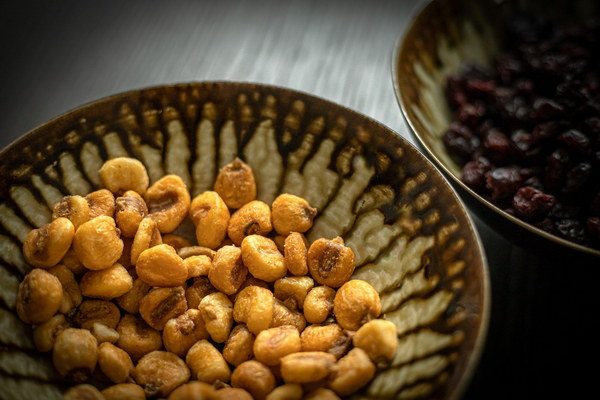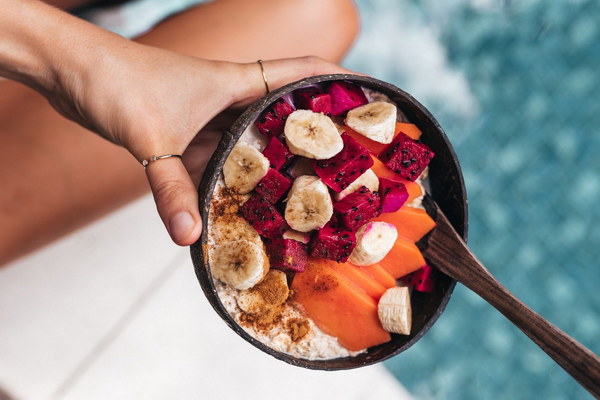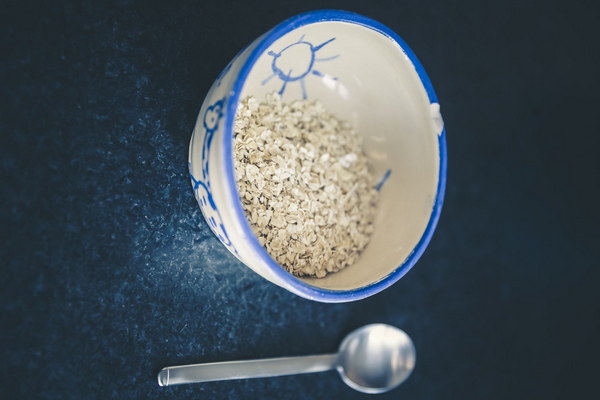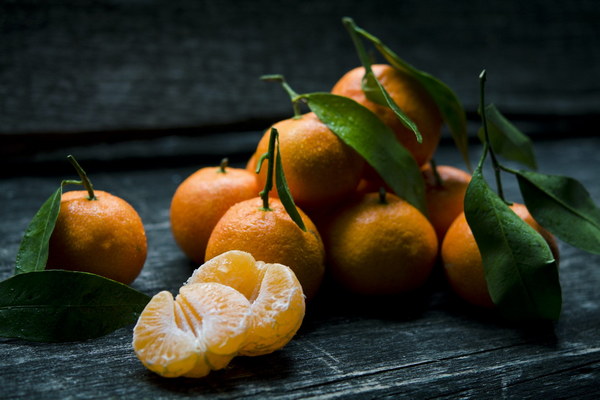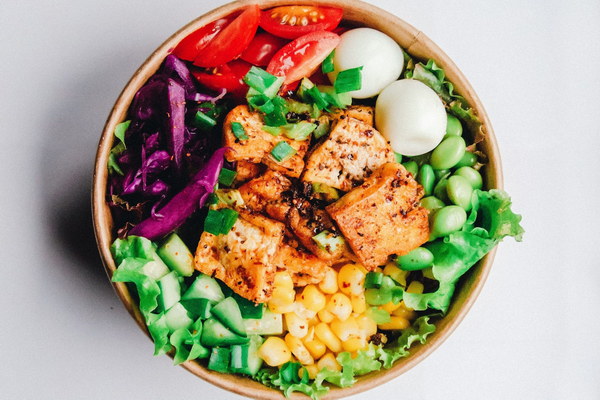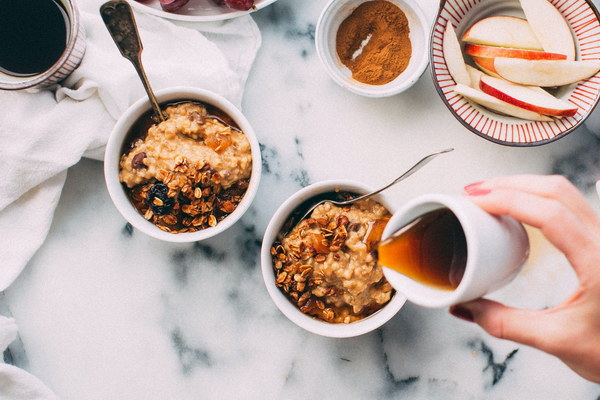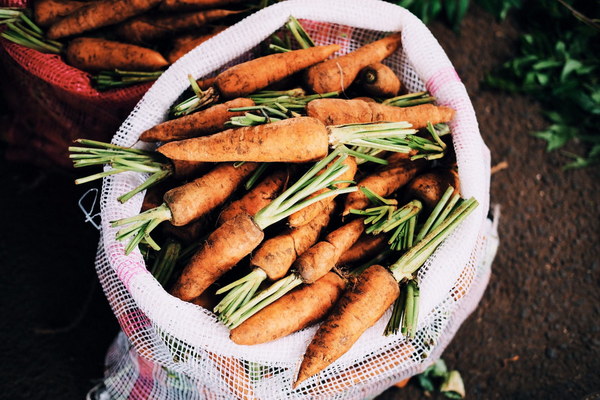Essential Guidelines for Crafting Traditional Chinese Medicine-Based Recipes
Crafting traditional Chinese medicine (TCM)-based recipes is an art that combines the principles of herbal therapy with culinary expertise. Here are essential guidelines to help you create healing dishes that not only taste delicious but also promote well-being.
Understanding the Basics of TCM
1. Herbal Selection: The foundation of any TCM recipe lies in the selection of the right herbs. Each herb has unique properties and effects on the body. It is crucial to understand the properties (e.g., warming, cooling, moisturizing) and actions (e.g., invigorating, calming, detoxifying) of the herbs you choose.
2. Balancing the Five Elements: TCM is based on the concept of the five elements—wood, fire, earth, metal, and water—each corresponding to different organs and physiological functions. Ensure that your recipe aligns with the balance of these elements to achieve harmony in the body.
3. Seasonal Adaptation: TCM emphasizes the importance of adapting recipes to the seasons. For instance, in the summer, cooling and yin-restoring ingredients are preferred, while in the winter, warming and yang-restoring ingredients are more suitable.
Preparation and Cooking Techniques
4. Gathering Fresh Herbs: Whenever possible, use fresh herbs. They are more potent and retain their natural properties. If fresh herbs are unavailable, dried herbs can be used, but ensure they are of high quality and properly stored.
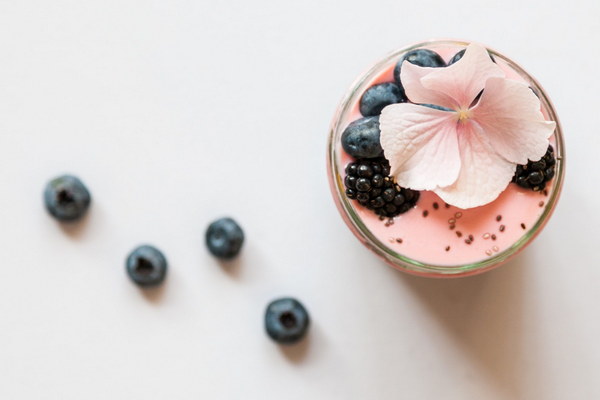
5. Soaking and Cleaning: Herbs should be thoroughly soaked and cleaned to remove any impurities. Some herbs, like those with strong flavors or properties, may require longer soaking times.
6. Cooking Methods: TCM recipes often use gentle cooking methods such as simmering or steaming to preserve the properties of the herbs. Avoid high heat, which can destroy the medicinal properties.
Combining Ingredients
7. Synergy in Ingredients: TCM recipes are designed to enhance each other’s properties. For example, combining a calming herb with a strengthening herb can create a balanced effect.
8. Flavor and Texture: While the primary goal is healing, the dish should also be enjoyable. Use a variety of flavors and textures to make the recipe palatable. For instance, adding nuts, seeds, or fruits can add crunch and sweetness.
Customizing for Individual Needs
9. Personalized Adjustments: TCM is highly individualized. Tailor the recipe to the specific needs of the person consuming it, taking into account their constitution, current health conditions, and any dietary restrictions.
10. Monitoring and Adjusting: Pay attention to how the body responds to the dish. If the dish is too strong or not effective, adjust the recipe accordingly.
Conclusion
Crafting TCM-based recipes is a meticulous process that requires a deep understanding of herbal properties, seasonal adaptability, and culinary skills. By following these essential guidelines, you can create dishes that not only satisfy the palate but also promote health and vitality. Remember that the journey to well-being through food is both a science and an art, and with practice, you will become a master in the fusion of TCM and culinary traditions.
